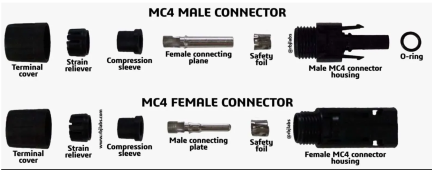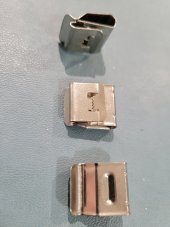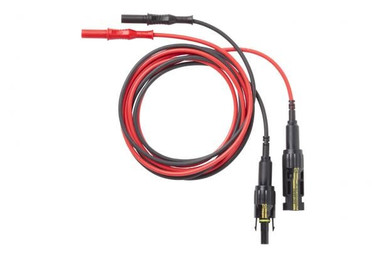sabo
New Member
I am looking for a checklist to review prior to flipping the switch on my Solar Disconnect Switch for the first time. I am looking to check my work so I can see if I am making any mistakes that may cause damage to my inverter. I searched the forum and on Google but only found this:
Off Grid Checklist
My system is battery less and currently no AC input or output connected yet.
Any suggestions or recommendations?
Thanks
Off Grid Checklist
My system is battery less and currently no AC input or output connected yet.
Any suggestions or recommendations?
Thanks







